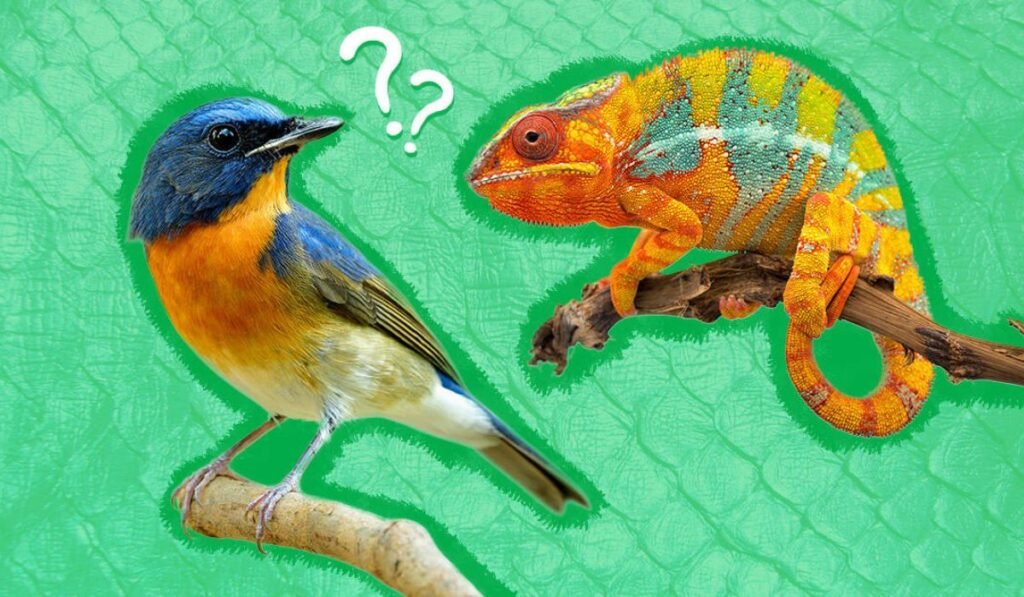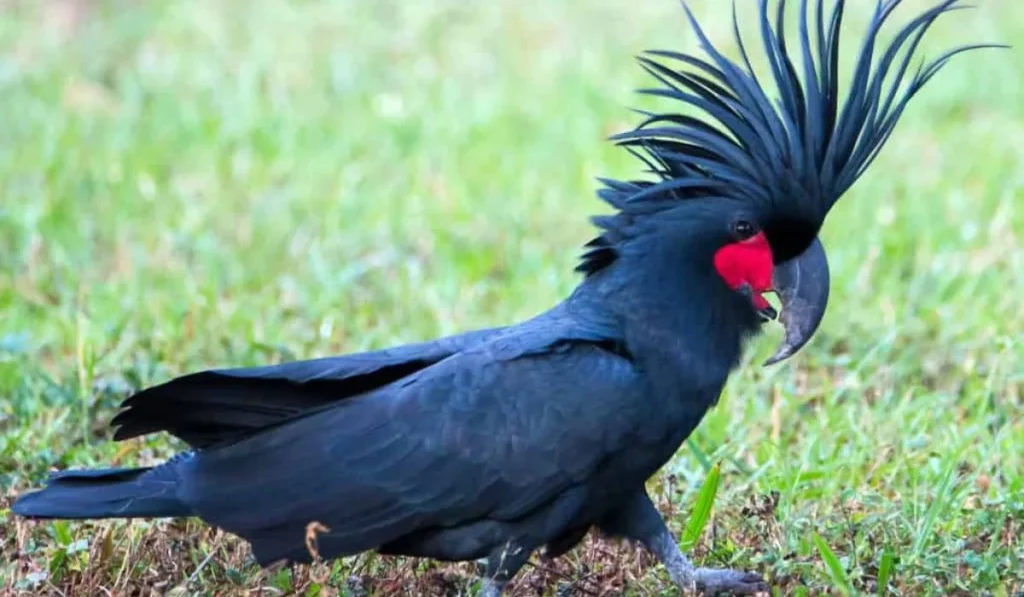10 Types of Sparrows in Wisconsin: A Birdwatcher’s Guide
Wisconsin is home to a beautiful variety of sparrows. Let’s learn about them! 1. American Tree Sparrow Identification: They have a rusty cap and a small bill. Habitat: Look for them in brushy areas during winter. 2. Chipping Sparrow Identification: These birds have a striking red cap and clear breast. Habitat: They love open woodlands and parks. 3. Song Sparrow Identification: Notice their streaked feathers and long tail. Habitat: Song Sparrows are often near water or thickets. 4. White-throated Sparrow Identification: They have white throats and yellow spots by the eyes. Habitat: These sparrows like woodlands and garden areas. 5. White-crowned Sparrow Identification: Look for the bold black and white stripes on their heads. Habitat: They are often found in weedy fields and roadsides. 6. Fox Sparrow Identification: Fox swans have thick, rust-colored streaks. Habitat: They prefer dense shrubs and forest edges. 7. Lincoln’s Sparrow Identification: These sparrows have fine, crisp streaks and a buffy wash. Habitat: Look in marshy or wet areas with tall grass. 8. Savannah Sparrow Identification: They show a short tail and yellowish eyebrow. Habitat: Savannah Sparrows favor open fields and grasslands. 9. Field Sparrow Identification: These small sparrows have a pink bill and clear breast. Habitat: Field Sparrows are common in brushy pastures. 10. Vesper Sparrow Identification: Notice the white outer tail feathers when they fly. Habitat: Vesper Sparrows love open country with some grass. Our previous Article: 10 Types Of Eagles In Russia Is Bird Watching a Popular Hobby? Unveiling the Flock Craze — Frequently Asked Questions About 10 Types of Sparrows in Wisconsin










